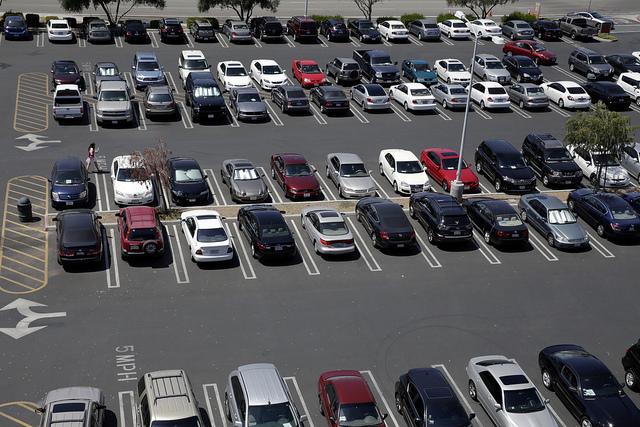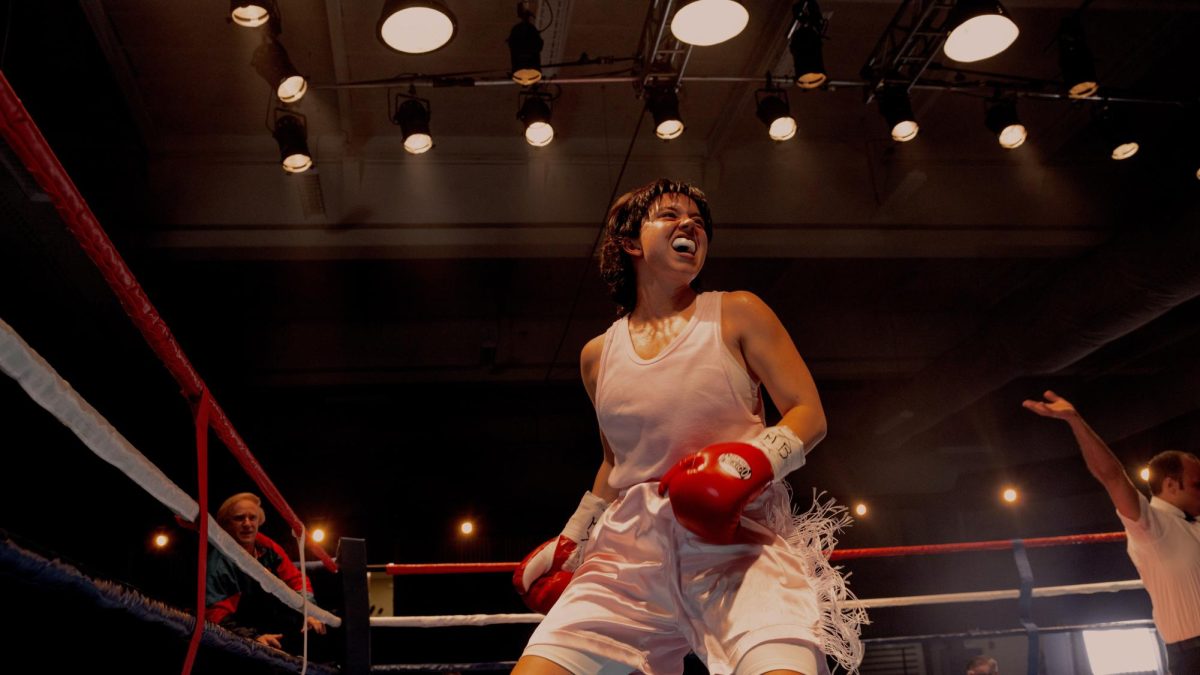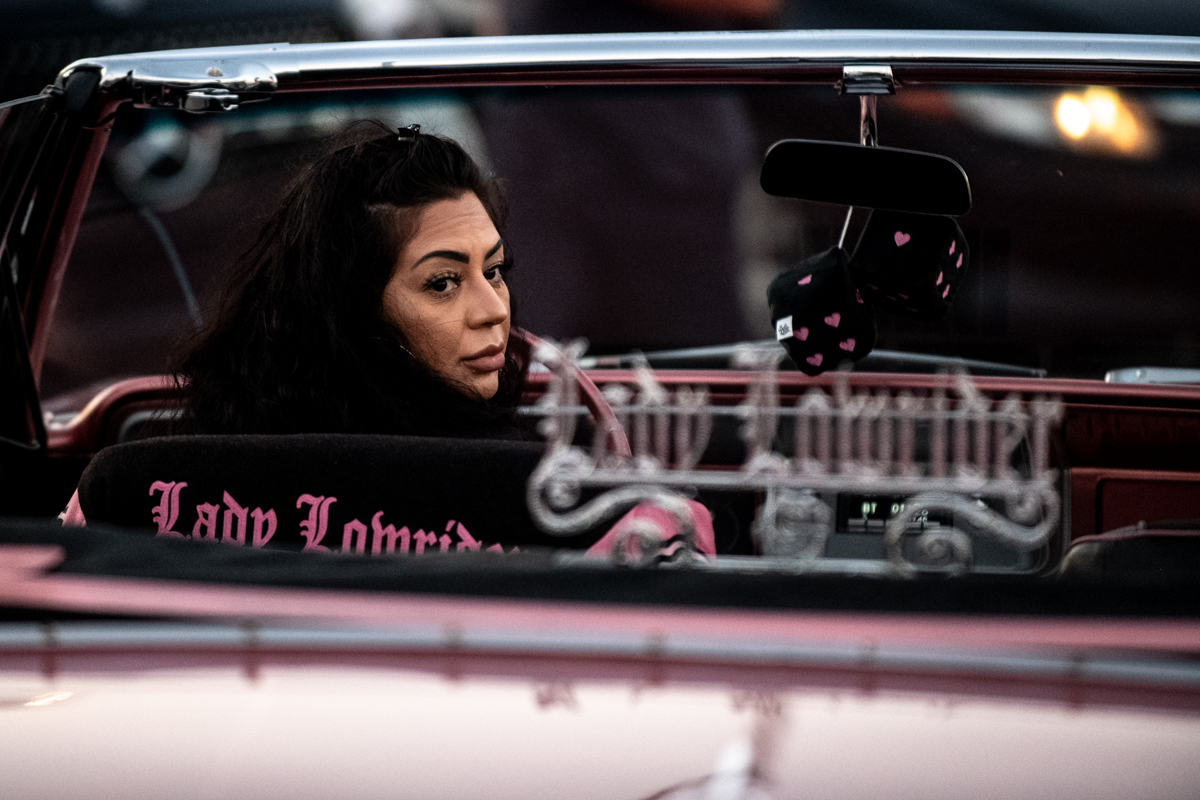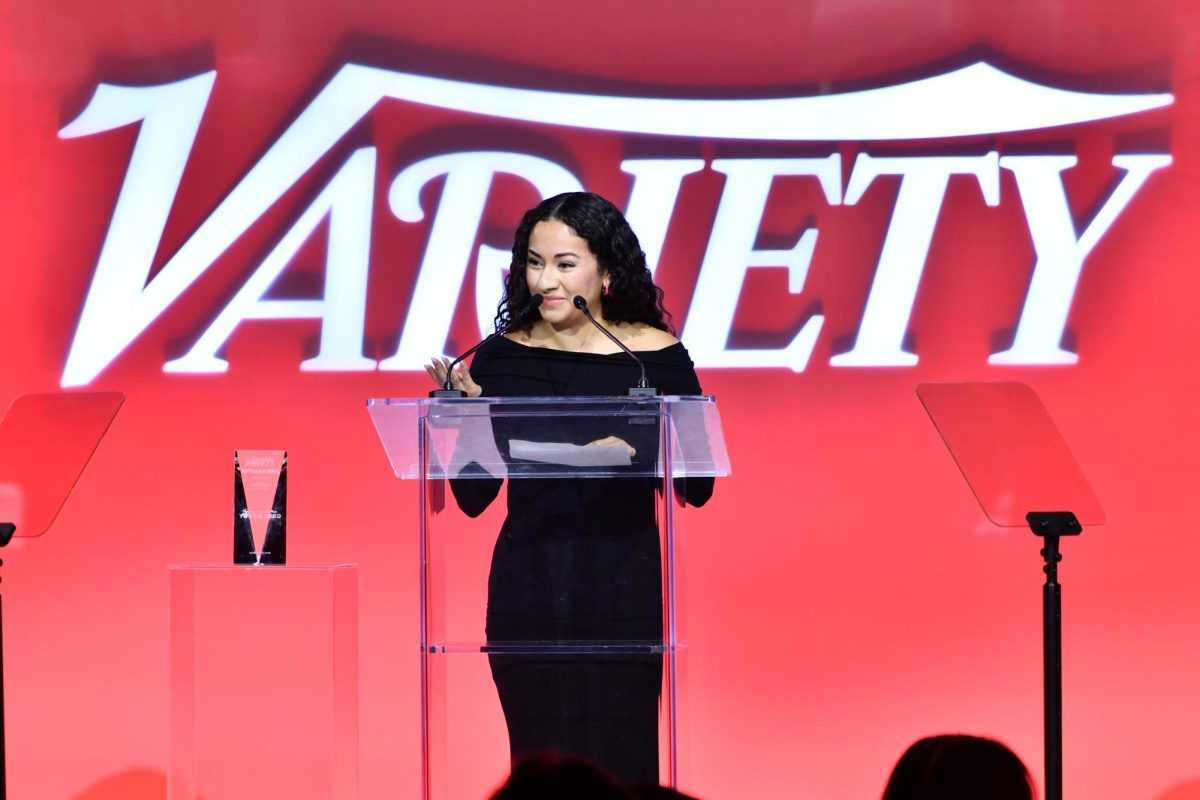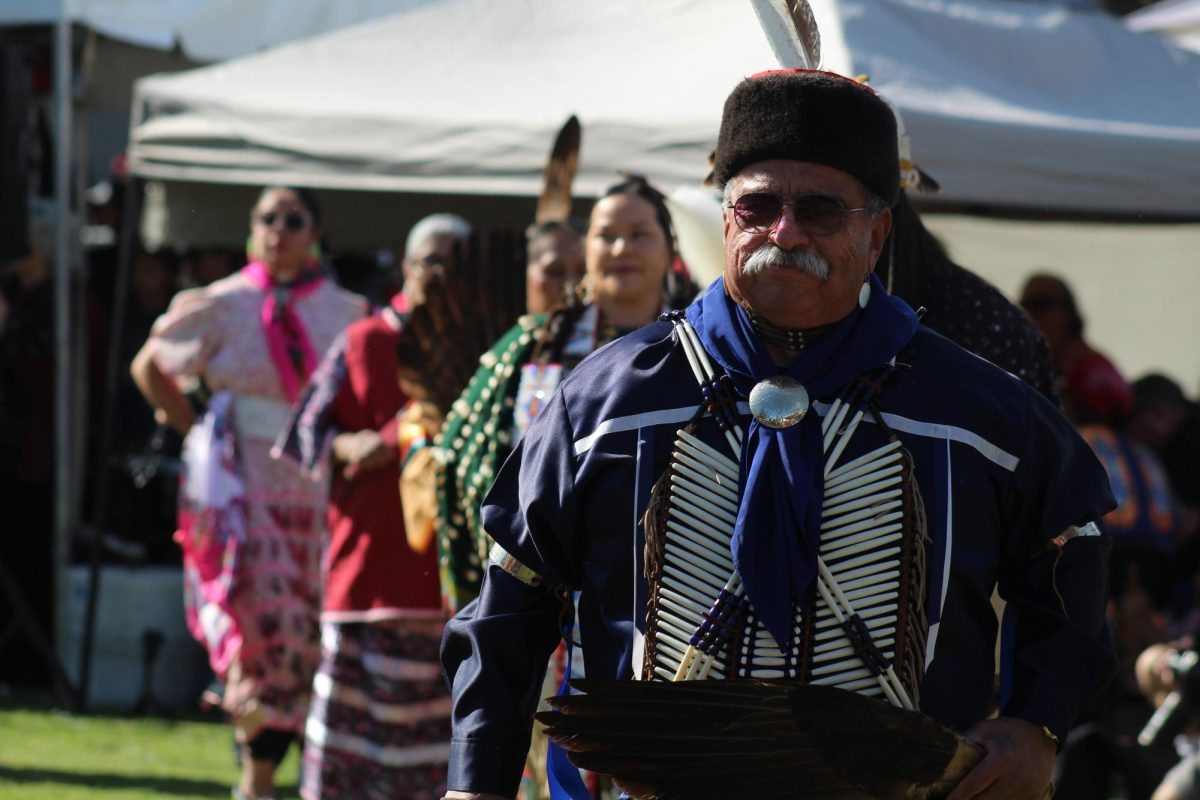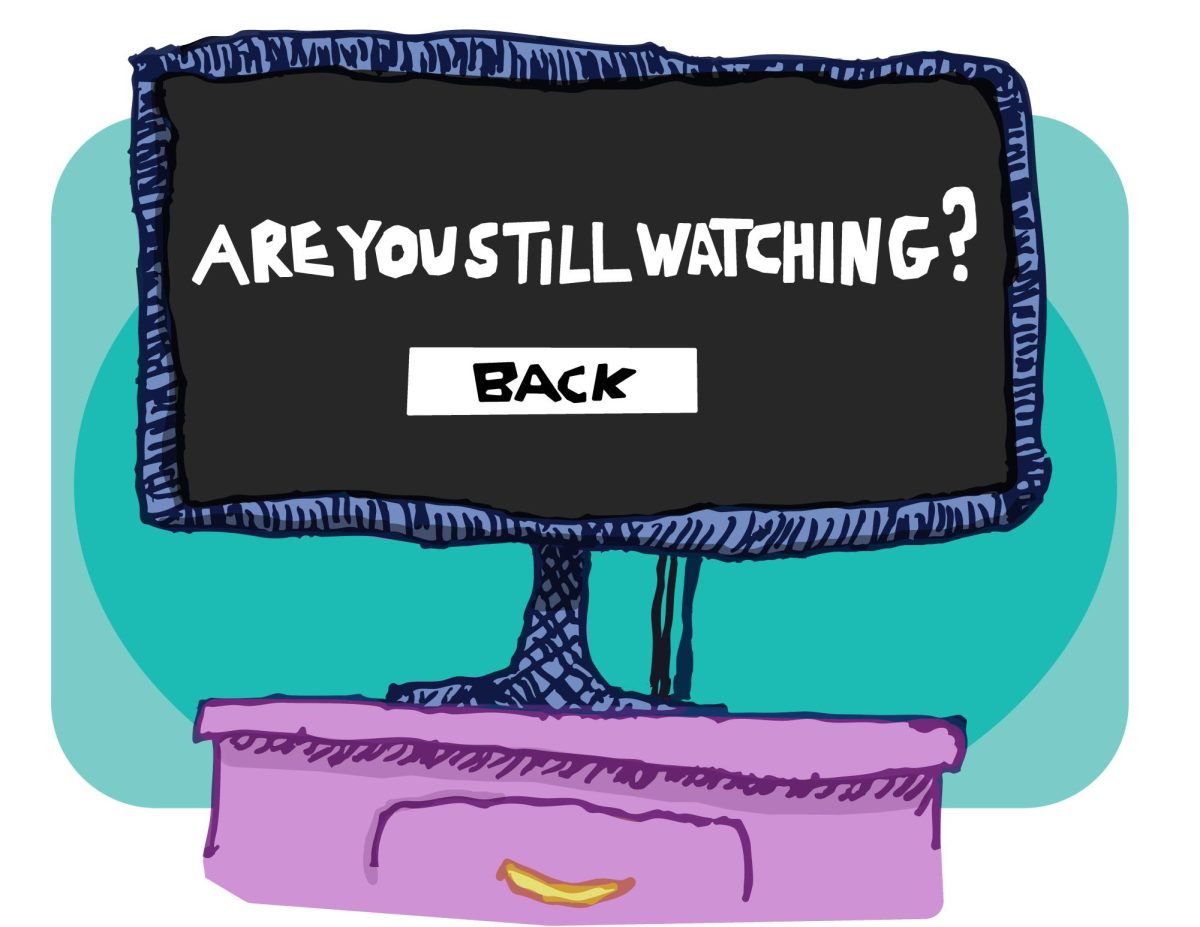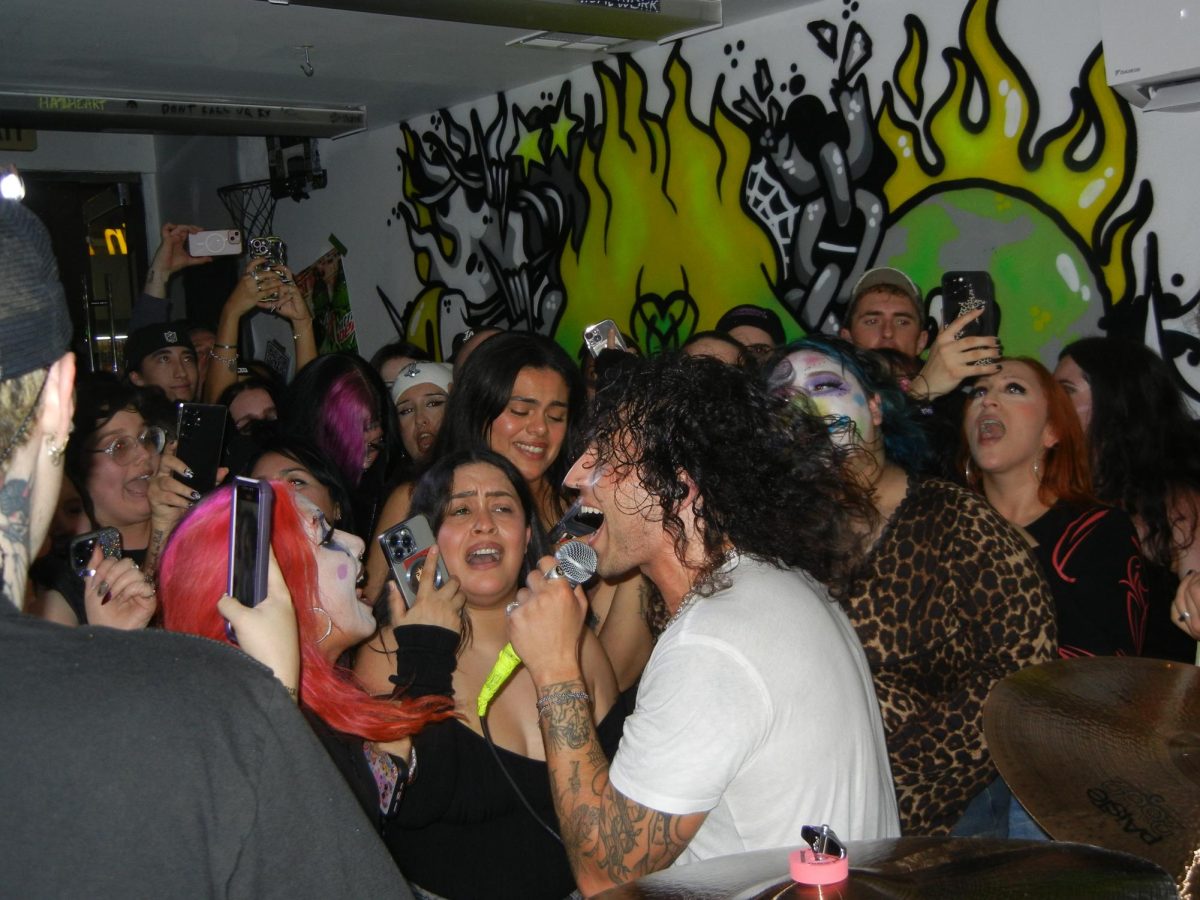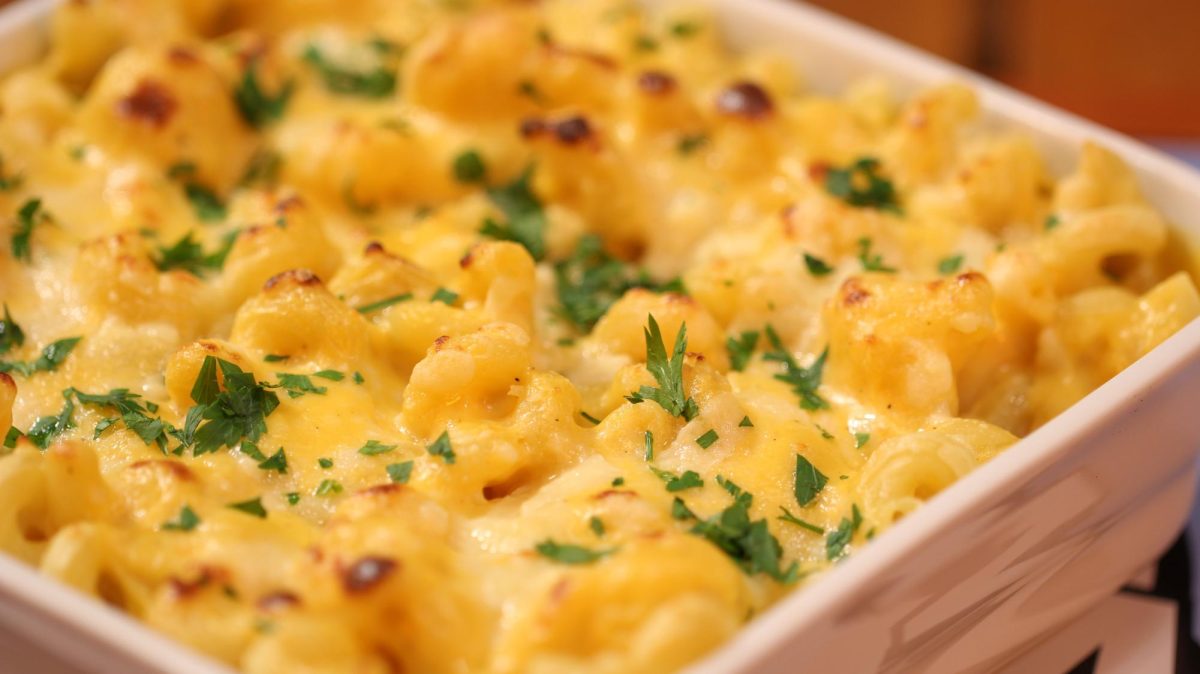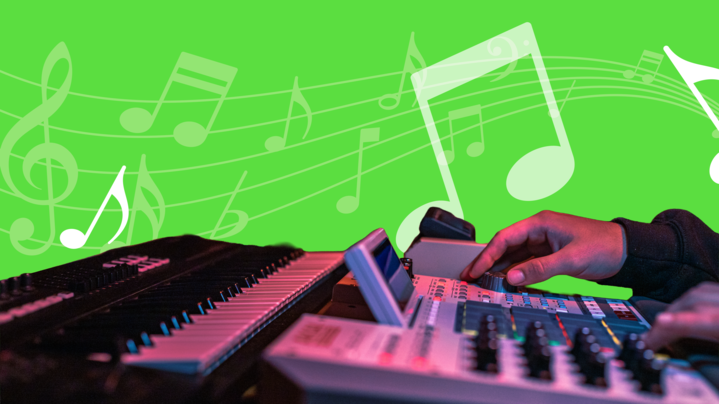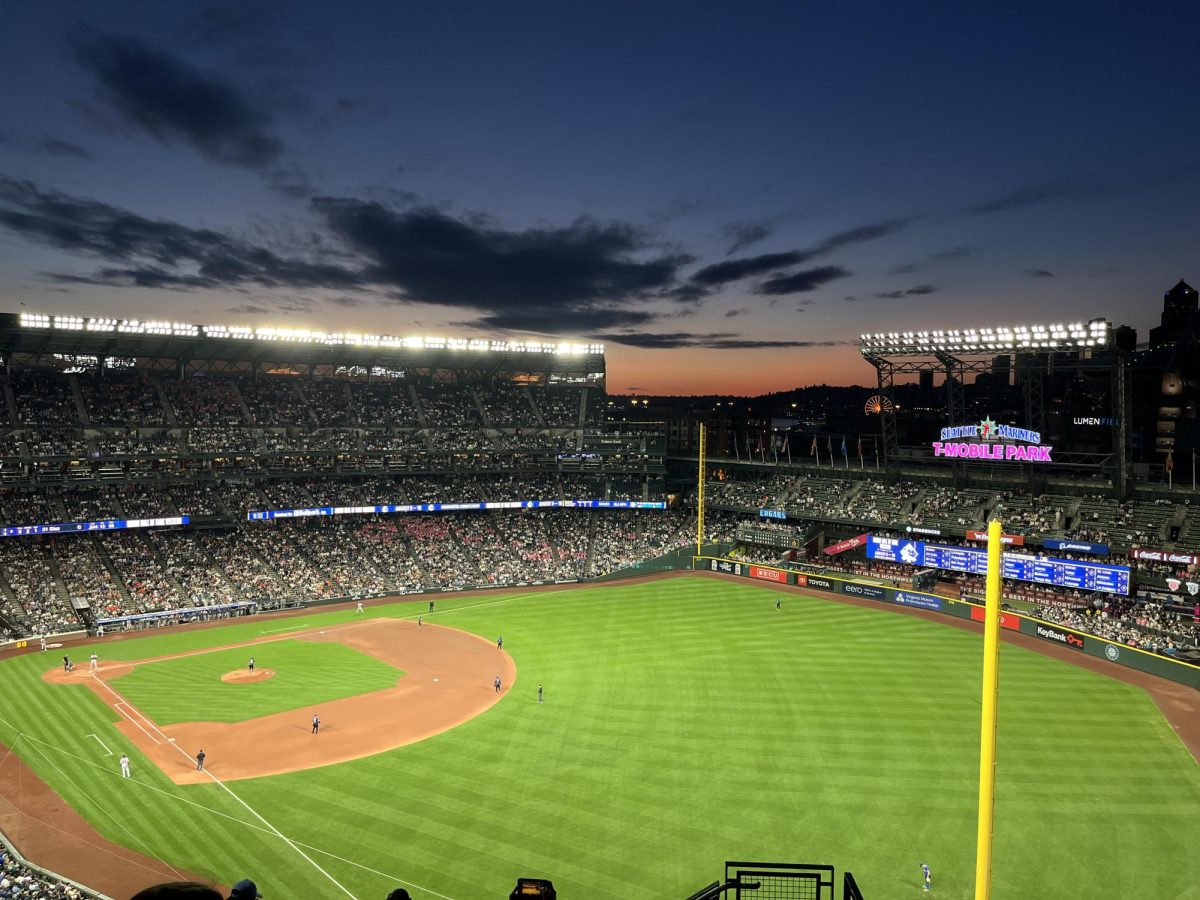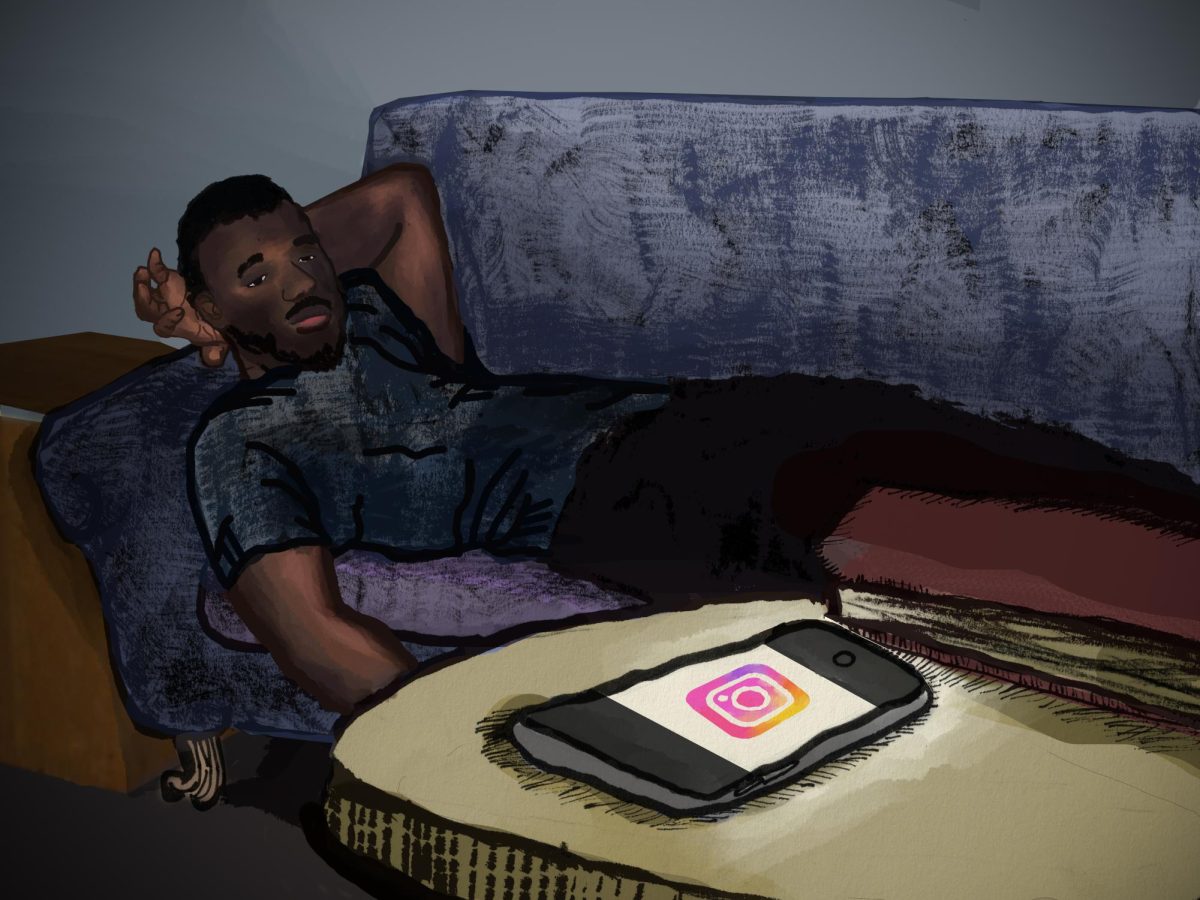With the news of improvements to campus parking opportunities, and what’s being discussed and done about it, many are optimistic about their chances of finally finding a parking spot. However, as an urban planning major with a focus on transportation and disabilities, I felt the need to explain why I haven’t taken part in this excitement.
One of the main things we learn about the transportation aspect of urban planning is how detrimental it is to cities and facilities to be car-based and dependent. This applies especially to traffic congestion; environmentally in emissions and sprawl; socially in fostering more isolation compared to other modes of transportation; and economically in maintenance, insurance, and fuel costs as the result of owning a car. Parking lots and spaces fuel this car-dependent lifestyle, and CSUN is adding explosive fuel to this blaze by building a 30 million dollar parking lot on Zelzah and Plummer with 2,004 parking spaces that will be groundbreaking in the Fall of 2018.
In theory, adding more parking spaces would reduce congestion; people assume that, with the addition of more parking spaces, they will have a parking space for their car. In practice, as more and more people catch on to this assumption of more spaces, alternative transportation is rejected, and the new lot is full by early morning. We’re back to square one, only with more congestion and emissions, and the same parking problems.
These problems are especially apparent in the car-based and dependent San Fernando Valley, with wide multi-lane roads virtually 100% dedicated to high-speed car traffic and small to non-existent sidewalks often in bad upkeep. Those factors make for a dangerous environment for cyclists, pedestrians and the disabled using these streets.
Even the campus grounds prioritize cars over all the students taking classes at CSUN. There are full-sized cars and even trucks inside the main campus grounds all the time, with the basement at the back of the library designed for cars. Why are we prioritizing cars over our own students on the main campus grounds? What does this say about CSUN’s priorities?
Not everyone is a driver. However, everyone is a pedestrian, and many disabled, at some point in their life.
If we are going to have any major improvements to this situation, we need to make this campus and, ultimately, the surrounding area prioritize disabled access, walking and biking before motor vehicles. Instead of investing over 30 million dollars in a new parking lot and adding more cars and trucks to the campus community, we could be investing in a true university bus fleet, renewable fuel infrastructure for turning food and yard waste collected on campus into fuel, more renewable electric power, and a reduction in the amount of vehicles currently on campus. We could easily achieve at least a large majority of this for 30 million.
Those investments and actions would be the most effective at improving the parking situation on campus, and would directly tie into the sustainability efforts on campus. A more thorough analysis of the current CSUN vehicle fleet will probably find many redundancies, and vehicles that never leave the campus grounds apart from servicing and gas.
There is now a major incentive to reduce vehicle usage with the major expansion of bike share on campus. For this campus bike share to achieve maximum potential, dedicated and protected bike lanes need to be made, less space needs to be dedicated to cars, and the shuttle and campus vehicle fleet needs to be sharply reduced.
For better sustainability with the remaining fleet of shuttles and campus vehicles, I recommend running it on a balanced mix of pure electric, pure alcohol/ethanol from fermented food and yard waste collected on campus and hybrid alcohol/ethanol and electric.
It is now the time for CSUN to follow through on claims of being a sustainable campus, and the most effective way of doing this is by reducing the need for cars on campus, and ultimately the surrounding area. All of the sustainability efforts CSUN has done will be instantly negated the moment this new parking lot breaks ground.
Los Angeles residents have made it clear at the ballot box with the landslide passage of Measures R and M that we want more transit, bike and pedestrian access on our streets and facilitates in LA County, and we now have leadership at the county-wide level that wants to make this a reality.
We can sow the seeds for a better environment for future generations by getting people out of their cars in as many ways as possible. With this new parking lot, CSUN is about to take a giant step backwards in this current LA County-wide transit renaissance.
